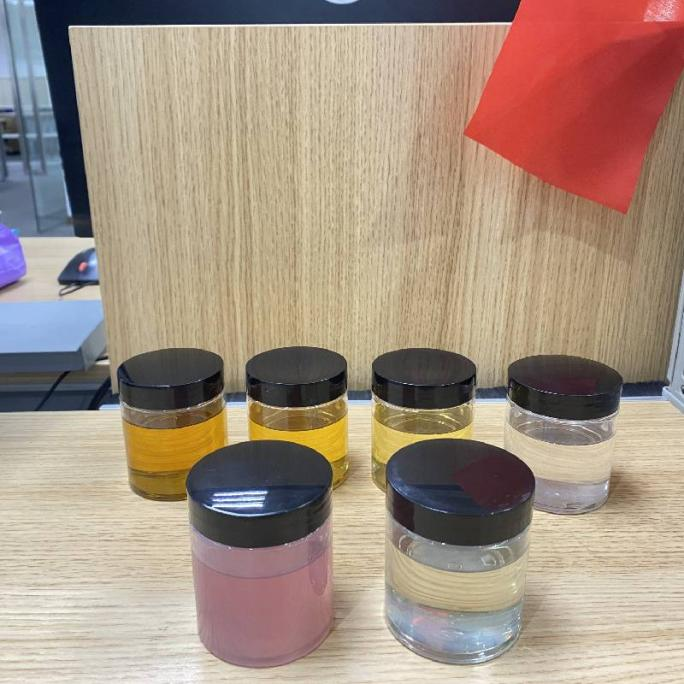
Polyester resins have been around for over 80 years and have become an essential part of many industries, including construction, automotive, marine, and aerospace. Despite its widespread use, the production process of polyester is constantly evolving to meet the increasing demands of consumers. Technological advancements are opening up new possibilities, making the future of polyester material production truly exciting.
Advantages of Polyester Resins
Polyester resin offer numerous benefits compared to traditional materials. They are stronger, more durable, and more flexible, which makes them ideal for a wide range of applications. For example, think of a polyester backpack that can hold heavy books without tearing easily – that’s its strength in action. Polyester resins is also lightweight, resistant to rust and corrosion, and relatively inexpensive. These properties make it a great choice across various industries, from building structures to manufacturing car parts.
Innovation in the Market
The polyester resin market keeps evolving to meet customer demands. A major innovation is the development of bio - based polyester resins. Take unsaturated resin used in making fiberglass boats as an example. Unlike traditional petroleum - derived polyester, bio - based resins are eco - friendly. For fiberglass boat production, these bio - based resins can break down naturally over time if the boat is discarded, and they help cut carbon emissions during the manufacturing process, which is beneficial for the environment. Moreover, improvements in the production process for such resins are also finding ways to reduce material waste and energy consumption. When making fiberglass boats, this means less leftover resin going to waste and lower energy use for heating and processing, making the whole boat - building production with unsaturated resin more efficient.
Safety and Handling
When handled correctly, polyester resins have an excellent safety record and don’t pose major health risks. But just like any chemical, you need to handle, store, and dispose of them properly. Manufacturers should always follow strict safety rules to avoid accidents. If you’re working with polyester, it’s crucial to wear protective gear like gloves, masks, and safety glasses to keep yourself safe.
How to Use Polyester Resin
Polyester materials usually come in two parts: the resin and the hardener. To use it, you need to mix these two parts together, often in a 100:2 ratio. But you have to work quickly because the mixture will start to cure. Once mixed, you pour the material into a mold or onto the surface you want to coat and then let it dry. Be sure to carefully follow the manufacturer’s instructions to make sure you use it right.
Service and High-Quality Products
Polyester material producers are committed to providing customers with top-notch products and services. This means they communicate regularly with customers and offer technical support. For instance, if a customer has a specific need for a project, the producer can provide customized solutions. Regular checks and quality control measures ensure that products maintain high quality and meet safety standards.

Applications
Polyester resins are extremely versatile and used in many industries. In construction, it’s used to build structures reinforced with fiberglass, like strong bridges or durable buildings. In the automotive industry, it’s used to make car parts such as hoods, bumpers, and spoilers. For marine uses, it helps coat boat hulls to protect them from water damage and is also used in surfboard designs. In aerospace, polyester plays a key role in manufacturing high-performance aircraft parts, helping planes fly faster and more efficiently.